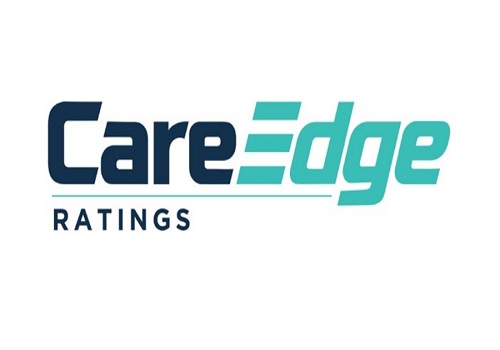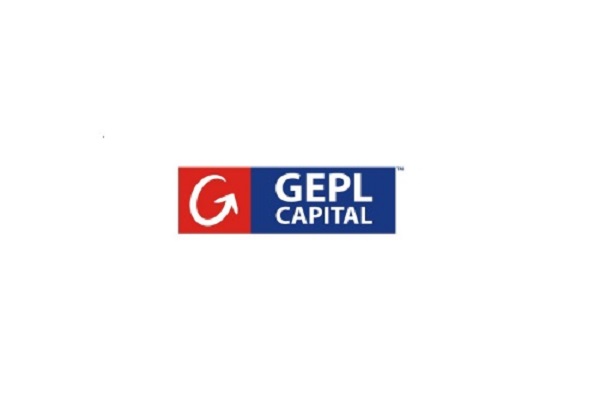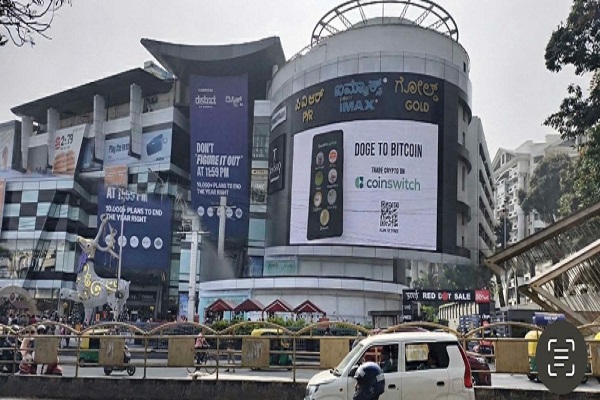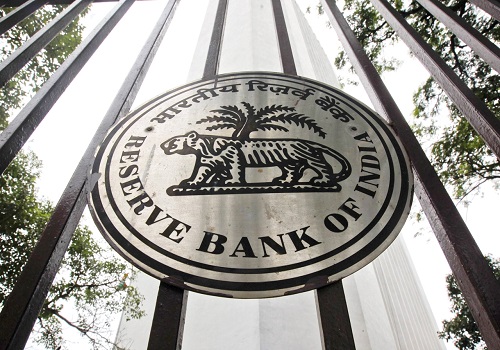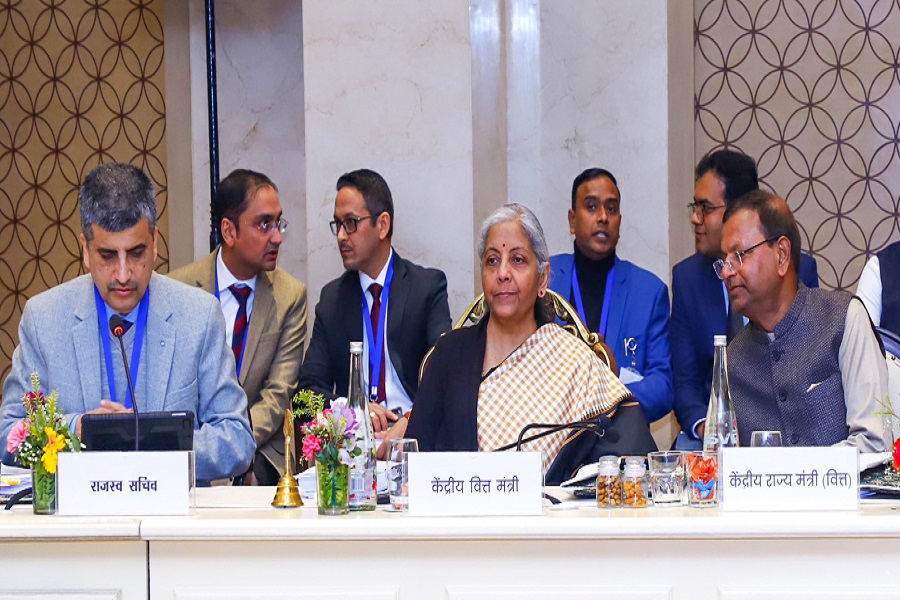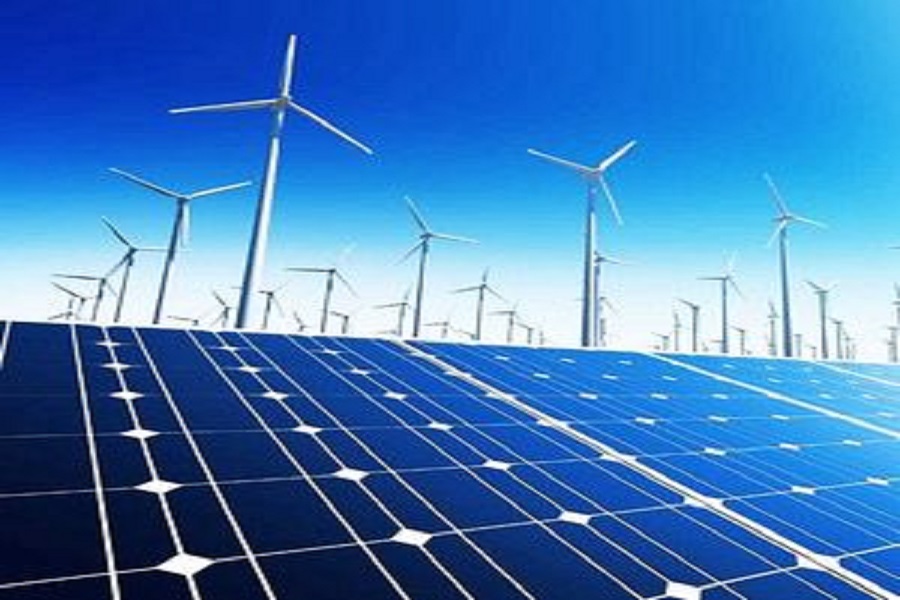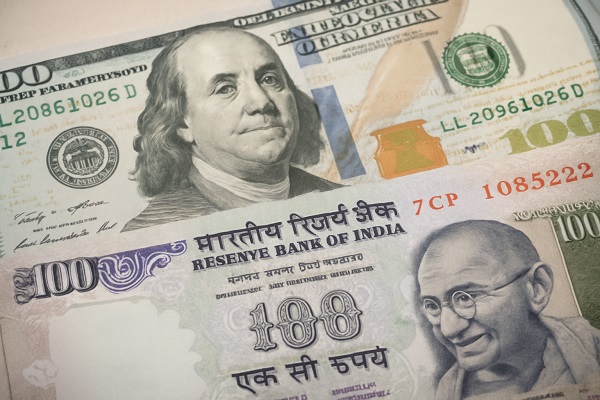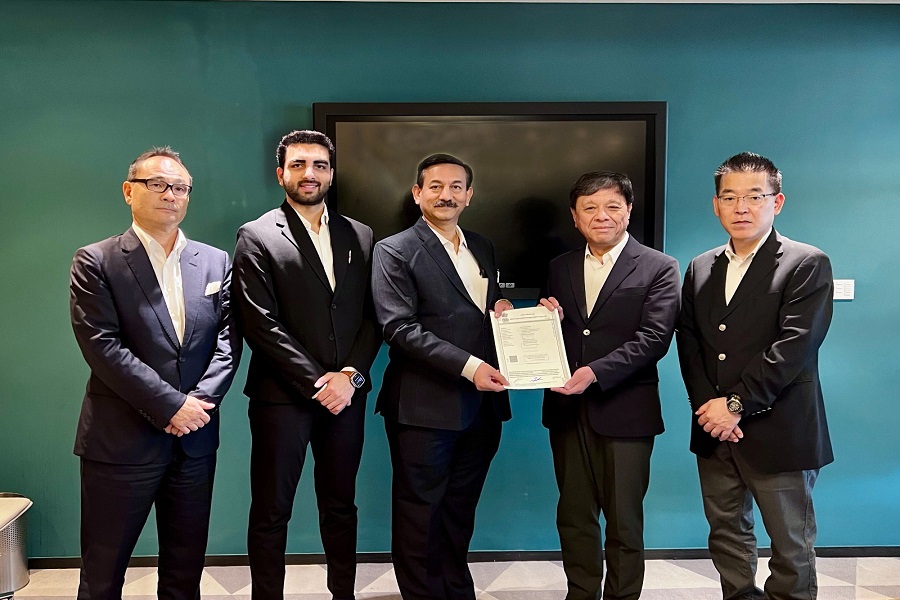Vikram Solar coming with IPO to raise upto Rs 2160 crore

Vikram Solar
* Vikram Solar is coming out with a 100% book building; initial public offering (IPO) of 6,50,69,929 shares of Rs 10 each in a price band Rs 315-332 per equity share.
* Not more than 50% of the issue will be allocated to Qualified Institutional Buyers (QIBs), including 5% to the mutual funds. Further, not less than 15% of the issue will be available for the non-institutional bidders and the remaining 35% for the retail investors.
* The issue will open for subscription on August 19, 2025 and will close on August 21, 2025.
* The shares will be listed on BSE as well as NSE.
* The face value of the share is Rs 10 and is priced 31.50 times of its face value on the lower side and 33.20 times on the higher side.
* Book running lead managers to the issue are JM Financial, Nuvama Wealth Management, UBS Securities India, Equirus Capita and PhillipCapital (India).
* Compliance Officer for the issue is Sudipta Bhowal.
Profile of the company
Vikram Solar is one of India’s largest solar photo-voltaic (PV) modules manufacturers in terms of operational capacity, with more than 17 years of experience in the industry. With 4.50 GW of installed manufacturing capacity for solar PV modules, it is one of the largest pure play module manufacturers in India and its enlisted capacity as per Ministry of New & Renewable Energy’s Approved List of Modules and Manufacturers (ALMM) is 2.85 GW as of June 30, 2025. It was also featured in BloombergNEF as a Tier 1 manufacturer in the first quarter of CY 2014, and has been subsequently listed repeatedly with the latest inclusion in the first quarter of 2025. Furthermore, in May 2025 it has received the prestigious EUPD Top Brand PV Seal. It strives to deliver reliable solar solutions through high efficiency and innovative products, and it proposes to achieve this through its specialized high efficiency PV module manufacturing.
The company commenced its manufacturing operations in 2009 with an installed solar PV module manufacturing capacity of 12.00 MW, which has grown to 4.50 GW installed capacity. Its existing manufacturing facilities are strategically located at Falta SEZ in Kolkata, West Bengal and Oragadam in Chennai, Tamil Nadu, with access to ports, rail and roads, helping it to facilitate both its domestic as well as international operations. To meet growing demand, it is currently undertaking significant greenfield and brownfield expansion plans, which are expected to increase its installed solar PV module manufacturing capacity to up to 15.50 GW by Fiscal 2026 and up to 20.50 GW by Fiscal 2027.
The company’s portfolio of solar energy products consists of the following high-efficiency solar PV modules: (i) p-type monocrystalline silicon based Passivated Emitter and Rear Contact (PERC) modules; (ii) N-Type monocrystalline silicon (N-Type) modules; and (iii) n-type monocrystalline silicon based heterojunction technology (HJT) modules; all of these being either bifacial (glass-to-glass/ glass-to-transparent back sheet) or monofacial (glass-to-white/black back sheet) modules. Its products are also differentiated based on the cell size.
Proceed is being used for:
* Partial funding of capital expenditure through investment in its wholly owned Subsidiary, VSL Green Power Private Limited, for setting up of an integrated 3,000 MW solar cell and 3,000 MW solar module manufacturing facility at plot no. A-5, A-6, A-7 & A-10, SIPCOT Industrial Complex, Gangaikondan, District Tirunelveli 627 352, Tamil Nadu (Project Site) (Phase-I Project)
* Funding of capital expenditure through investment in its wholly owned Subsidiary, VSL Green Power Private Limited, for expanding the manufacturing capacity of the solar module manufacturing facility set up under the Phase-I Project from 3,000 MW to 6,000 MW at the Project Site (Phase-II Project)
* General corporate purposes
Industry Overview
India’s power sector is highly diversified, with sources of power generation ranging from conventional (coal, lignite, natural gas, oil, hydro and nuclear power) to viable, non-conventional sources (such as wind, solar, and biomass and municipal waste). Transmission and Distribution infrastructure has expanded over the years for evacuation of power from generating stations to load centres through the intra-state and inter-state transmission system (ISTS). India's electricity requirement has risen at a CAGR of 4.7% between fiscals 2015 and 2025, while power availability rose at 5.1% CAGR on the back of strong capacity additions, both in the generation and transmission segments. As a result, the energy deficit declined to 0.1% in fiscal 2025 from 3.7% in fiscal 2015.
Meanwhile, the demand for renewable energy in India is rapidly growing, fueled by environmental considerations and regulatory support. Solar sector growth in India primarily spurred by robust government backing, demonstrated through an aggressive tendering strategy. Some of the key catalysts include technological advancements, affordable financing, supportive policies, thrust on go-green initiatives/sustainability targets, cost optimization due to increased grid electricity tariffs, subsidy initiatives (especially in rooftop solar) and various incentives such as ISTS charge waiver. The solar capacity addition is expected to be around 150-170 GW over fiscal 2026-2030 with an upside of the 45-50 GW from Green Hydrogen.
Rooftop projects are small-scale PV installations on roofs of buildings. Rooftop projects may or may not be connected to the grid. The government had proposed to achieve 100 GW of solar energy by fiscal 2022, of which 40 GW was proposed to be added under rooftop-based solar systems. This was extended to fiscal 2026. However, rooftop solar installed capacity was 17.02 GW in March 2025, with 5.15 GW added in fiscal 2025. Further, 28-30 GW of projects is expected to be commissioned under the solar rooftop segment over the next five years (2026-30). Additions to the tune of 15-17 GW each is expected from industrial and commercial space under net/gross metering schemes, as well as residential rooftop consumers. The addition is influenced by various factors such as consumer awareness, availability of cheap source of funding and grid availability. In addition to this, there will be an upside on account of higher residential capacity additions than estimated under the PM Surya Ghar Yojana.
Pros and strengths
One of the largest Indian solar PV module manufacturers: As on March 31, 2025, the company is one of India’s largest domestic solar PV module manufacturers in terms of operational capacity. Currently, it has an aggregate installed manufacturing capacity of 4.50 GW and actual production of 1,286.10 MW for its solar PV modules. At present, the company manufactures its solar PV modules across two manufacturing facilities at Falta SEZ, Kolkata, West Bengal (with a capacity of 3.20 GW) and Oragadam, Chennai, Tamil Nadu (with a capacity of 1.30 GW). Further, the company currently intends to increase its installed solar PV module manufacturing capacity to up to 15.50 GW by Fiscal 2026 and up to 20.50 GW by Fiscal 2027.
Strong R&D focus with robust quality control systems: The company’s technical expertise in the solar PV module manufacturing is due to its strong focus on research and development (R&D) and robust Quality Control (QC) system, and the talent it is able to attract and retain for such functions. It is focused on converging digital technologies with its manufacturing operations, using tools such as machine learning and robotic process automation. Over the years, this has allowed the company to introduce new features / products, such as M10R, G12, G12R, G12R 132HC, N-Type (Hypersol) and HJT (Suryava) modules, and developing composite frames, alloy steel frames, G12 Paradea variant with white or black mesh back sheet, and implementation of QR code on packing list, compact design frame with improved bi-facility, among others.
Strong technical proficiency in the solar PV module manufacturing: Its manufacturing units are automated, utilising equipment and technologies from Japan, Germany, United States, Switzerland and China. These countries are considered pioneers in solar technology and have high-quality equipment in relation to solar. For example, the company deploys automation throughout the manufacturing process using SAP/BI based control algorithms to track product quality across the phases of assembly. It also uses digitalization initiatives to cover planning, procurement, logistics, payment and inventory management of its supply chain. It has implemented enterprise applications such as Ariba and integrated with core ERP (SAP) to bring accuracy and operational excellence through e-Auctions.
Strong presence in domestic and international markets: The company has an extensive presence in the domestic market having Pan-India presence in 19 states and two union territories, through an extensive distributor network which grew from 41 authorised distributors as on September 30, 2024 to 83 authorized distributors and 64 dealers as on September 30, 2024 to more than 250 dealers. The company’s distribution team is designed to increase its footprint in the Western, Northern and Southern regions of India that have higher solar demand. Each region is managed by a cluster head and segregated into districts managed by territory managers to ensure high market penetration domestically.
Risks and concerns
Maximum revenue comes from limited customers: As of Fiscal 2025, 77.50% and 88.72% of its revenue from operations is derived from its top five customers and top ten customers, respectively, and thus its revenue from operations is highly dependent upon a limited number of customers. Any adverse changes affecting its customers or its relationship with such customers could have an adverse effect on its financial performance and result of operations.
Exports to US: The company’s exports, which as of Fiscal 2025, Fiscal 2024 and Fiscal 2023 represented 1.00%, 61.58%, and 21.63%, respectively, of its total revenue, may be dependent on the policies passed by the governments of importing countries, in particular, the United States, since in Fiscal 2025, Fiscal 2024 and Fiscal 2023, 96.60%, 99.22%, and 83.80%, respectively, of its total export sales is derived from the United States. Any unfavourable change in policies including any imposition of additional duties, pre-conditions or prohibitions imposed by the United States may adversely affect its business, results of operations, and prospects.
Stiff competition: The market for solar PV modules is intensely competitive and continuously evolving. It views its primary competitors to be traditional global and local solar PV module manufacturing companies. Its competitors may have greater technical, operational or financial resources, more governmental support, more effective or established local business presence with specific regional advantages or a greater willingness or ability to operate with little or no operating margins for sustained periods of time in the geographies in which it operates or into which it intends to expand its operations. Any increase in competition during the bidding process it participates in for its solar PV modules sales or any reduction in its competitive capabilities could have a material adverse effect on its market share and on the margins it generates.
No prior experience in the manufacturing of battery energy storage systems: The company is in the early stages of entering the BESS market and have no prior experience in the manufacturing of such systems. BESS technology is complex and rapidly evolving, requiring significant technical expertise, research and development capabilities, and manufacturing precision. There is no assurance that it will be able to successfully design, manufacture, and deliver BESS products that align with market expectations or regulatory standards. Additionally, the BESS market is highly competitive, with established players already commanding a significant market presence. If it is unable to effectively compete with these manufacturers, develop a product that meets customer or industry requirements, or achieve sufficient market acceptance for its BESS offerings, its operational and financial performance, as well as its reputation, could be adversely affected.
Outlook
Vikram Solar is a solar photo-voltaic (PV) modules manufacturer. The company have established a Pan-India presence, serving 23 states and three union territories, through an extensive distributor network of 41 authorized distributors, 64 dealers and 67 system integrators. As of March 31, 2025, it has 1,612 employees and 974 contractual employees. On the concern side, majority of the company’s revenue from operations is derived from its top five customers and top ten customers, respectively, and thus its revenue from operations is highly dependent upon a limited number of customers. Any adverse changes affecting its customers or its relationship with such customers could have an adverse effect on its financial performance and result of operations. Moreover, majority of the company’s cost of imported raw materials is from China, East Asian and South East Asian countries. Any restrictions on raw materials from these countries may adversely affect its business prospects, financial performance and cash flows.
The issue has been offering 6,50,69,929 shares in a price band of Rs 315-332 per equity share. The aggregate size of the offer is around Rs 2049.70 crore to Rs 2160.32 crore based on lower and upper price band respectively. Minimum application is to be made for 45 shares and in multiples thereon, thereafter. On performance front, the company’s revenue from operations increased by 36.34% from Rs 25,109.90 million in Fiscal 2024 to Rs 34,234.53 million in Fiscal 2025. This growth was primarily driven by an increase in the volume of module sales in the domestic market. Moreover, profit for the year increased by 75.41% from Rs 797.18 million in Fiscal 2024 to Rs 1,398.31 million in Fiscal 2025.
To continue to maintain the company’s market position in the domestic solar PV module manufacturing, it is constantly evaluating opportunities to strategically grow its operations. It has continuously upgraded its existing facilities’ installed manufacturing capacity from 1.00 GW in 2017 to 2.50 GW in 2022, and recently in Fiscal 2025, it has increased its capacity at its Falta (West Bengal) facility by an additional capacity of up to 1.00 GW to reach a total capacity of 4.50 GW in 2024. The company also aims to start with a greenfield project for battery energy storage system (BESS) with an initial capacity of 1.00 GWh in Tamil Nadu which is expandable to 5.00 GWh in Fiscal 2027, representing a strategic diversification to capitalize on the growing demand for BESS along with positioning the company as a leader in energy generation and storage, and thereby adding to its revenues and profitability.

